Learning to scuba dive opens up an entirely new world for travelers—one where weightlessness meets wilderness, and silence is broken only by the sound of your bubbles. While many vacation destinations offer basic scuba experiences, certain coastal towns have developed reputations as premier learning centers where world-class instructors, ideal conditions, and exceptional marine environments combine to create the perfect environment for novice divers.
These places offer top-notch education and unforgettable first dives—experiences that often transform curious travelers into lifelong underwater enthusiasts. The journey from curious beginner to certified diver requires knowledgeable guidance in the right location.
Here is a list of 14 coastal towns where scuba schools have mastered the art of introducing newcomers to the underwater world.
Koh Tao, Thailand
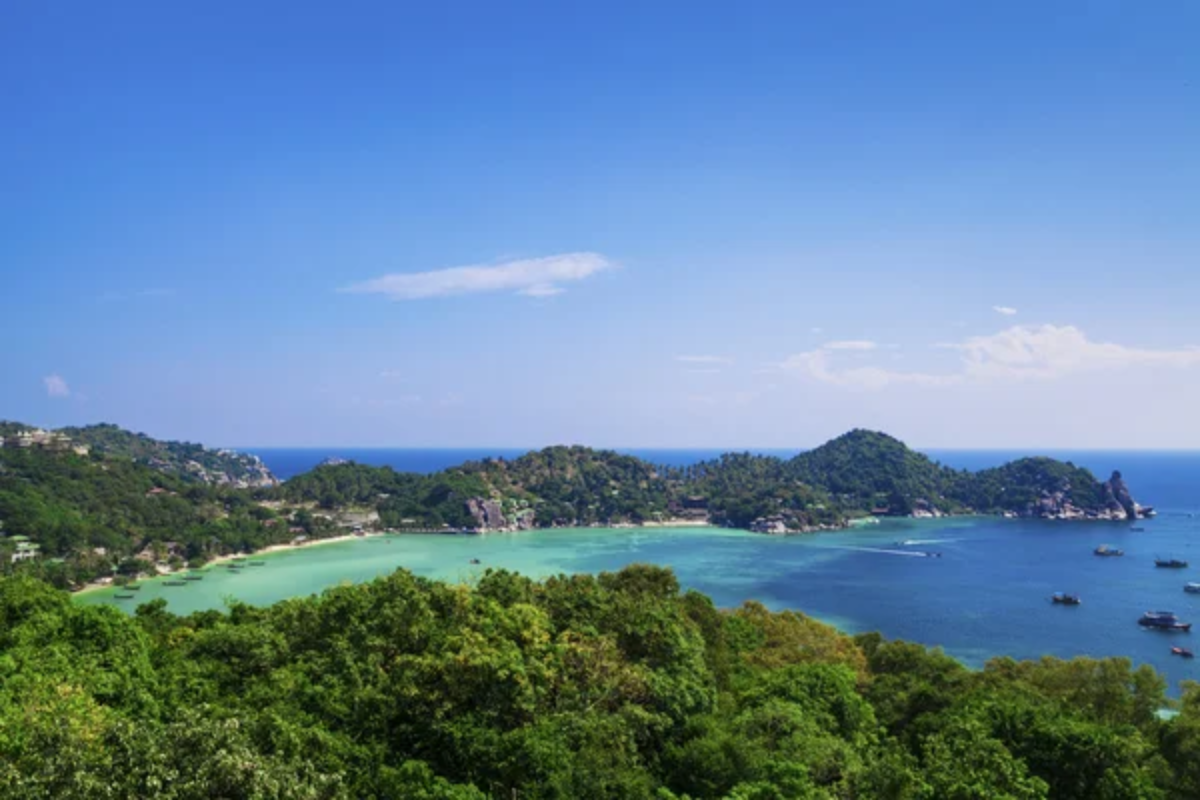
This small island in the Gulf of Thailand has evolved into the world’s largest scuba training center, certifying more new divers annually than anywhere else on Earth. The shallow, crystal-clear bays provide ideal conditions for beginners, with visibility often exceeding 80 feet and water temperatures remaining pleasantly warm year-round.
Dozens of schools offer multilingual instruction at some of the most competitive prices globally, making this the a budget-friendly choice for travelers seeking certification during Southeast Asian adventures. Newly certified divers celebrate their achievements with legendary beach parties where they share stories of their first encounters with green turtles, blacktip reef sharks, and the resident whale sharks that occasionally visit training sites.
Utila, Honduras
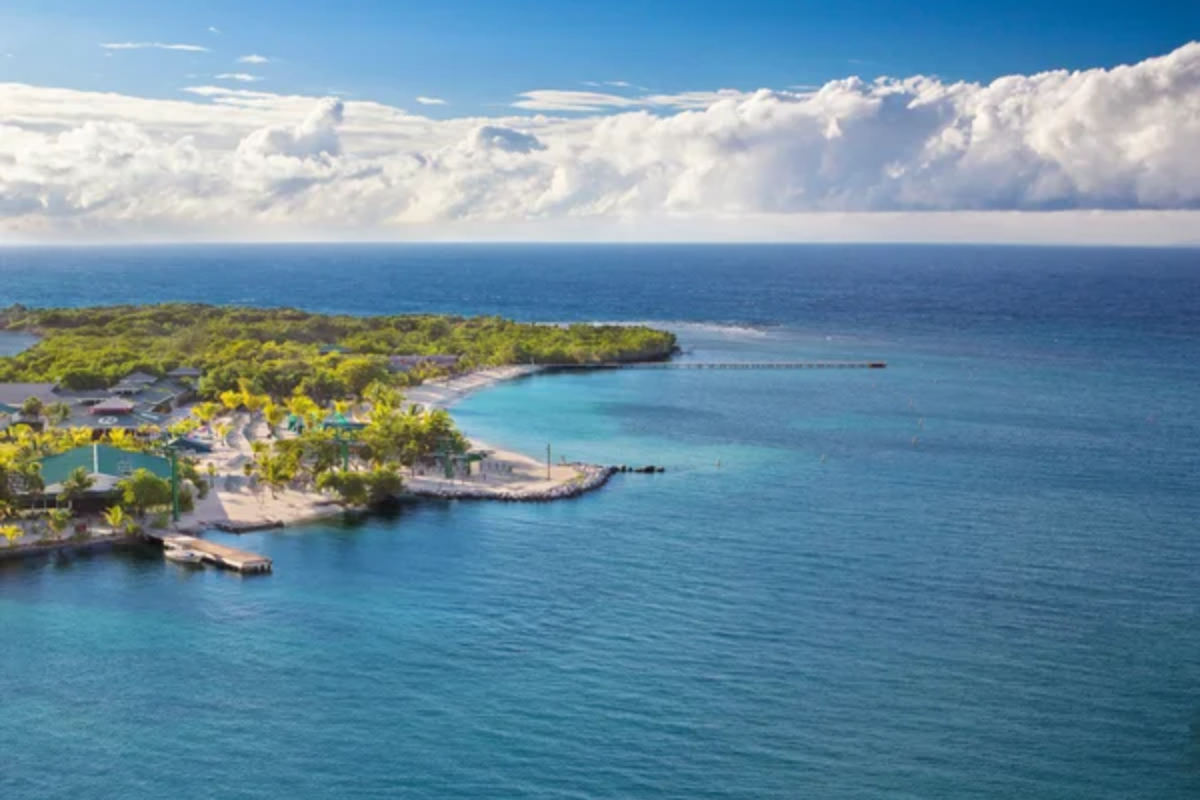
This tiny island off the Honduran coast has transformed from a sleepy fishing community into a backpacker’s diving paradise, where certification costs about half as much in more developed diving destinations. The protected marine park surrounding the island features shallow coral gardens perfect for building skills, while occasional whale shark encounters provide unforgettable highlights during training dives.
The town consists of little more than a single dirt road lined with dive schools, budget accommodations, and lively bars where instructors and students gather after sunset to compare underwater experiences. The close-knit diving community creates an atmosphere where learning feels like joining a family rather than taking a course, with experienced divers enthusiastically welcoming newcomers into their underwater world.
Like Travel Pug’s content? Follow us on MSN.
Dahab, Egypt

This former Bedouin fishing village along the Sinai Peninsula offers a unique combination of desert landscapes and world-class diving sites that are easily accessible from shore—no boat required. Calm entry points like Lighthouse Reef and the Eel Garden offer sandy bottoms, excellent visibility, and mild conditions ideal for beginners building confidence underwater.
Instruction costs remain remarkably affordable, with many schools offering accommodation packages that include oceanfront rooms where students can watch the sunrise over Saudi Arabia across the narrow Gulf of Aqaba. The laid-back atmosphere provides the perfect environment for nervous beginners, with cushioned floor seating at waterfront cafés creating ideal spaces for studying dive tables between training sessions.
Key Largo, Florida
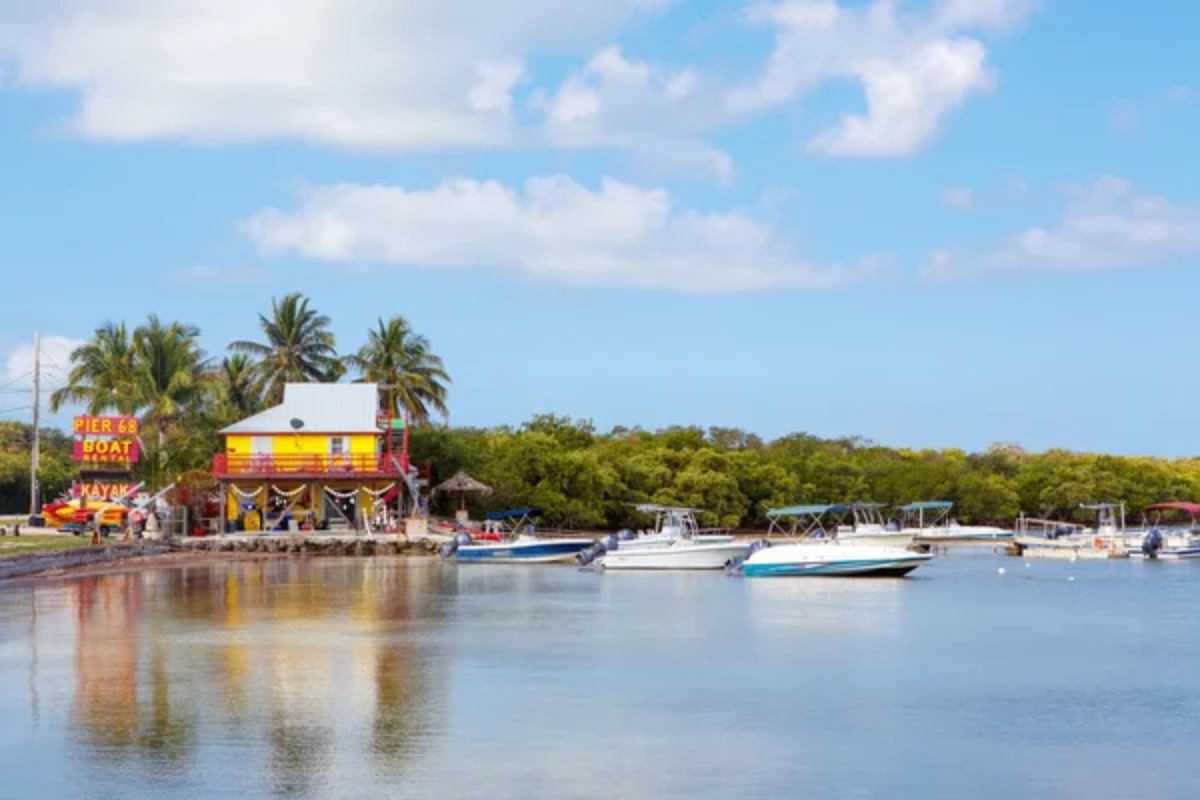
Home to the first underwater park in the United States, this Florida Keys town provides access to the only living coral reef in continental North America, along with dozens of purpose-sunk wrecks ideal for training dives. The gentle currents and typically clear conditions create an ideal classroom for the numerous schools that have operated here for generations, many founded by diving pioneers who helped establish modern training protocols.
Beginners practicing skills in the protected marina can watch dolphins playing around moored boats while between-dive surface intervals might include spotting manatees gathering around marina freshwater outlets during winter months. The town embraces its diving heritage with underwater-themed restaurants, street art featuring marine life, and dive shops occupying prime real estate along the Overseas Highway.
Padangbai, Bali

This charming port town on Bali’s east coast combines traditional Indonesian culture with world-class diving education centered around the nearby Blue Lagoon—a sheltered cove with minimal currents and exceptional biodiversity, perfect for building confidence underwater. The numerous schools cater to various learning styles with options ranging from intimate boutique operations teaching a maximum of two students per instructor to larger centers with multilingual instructors serving an international clientele.
Between training sessions, students can observe traditional fishing practices, attend temple ceremonies, or hike to panoramic viewpoints overlooking the Bali Sea, where they’ll soon be exploring beneath the surface. The relatively undeveloped coastline provides a refreshing alternative to Bali’s more touristy regions, allowing students to focus on their underwater education without constant distractions.
Like Travel Pug’s content? Follow us on MSN.
Speyside, Tobago
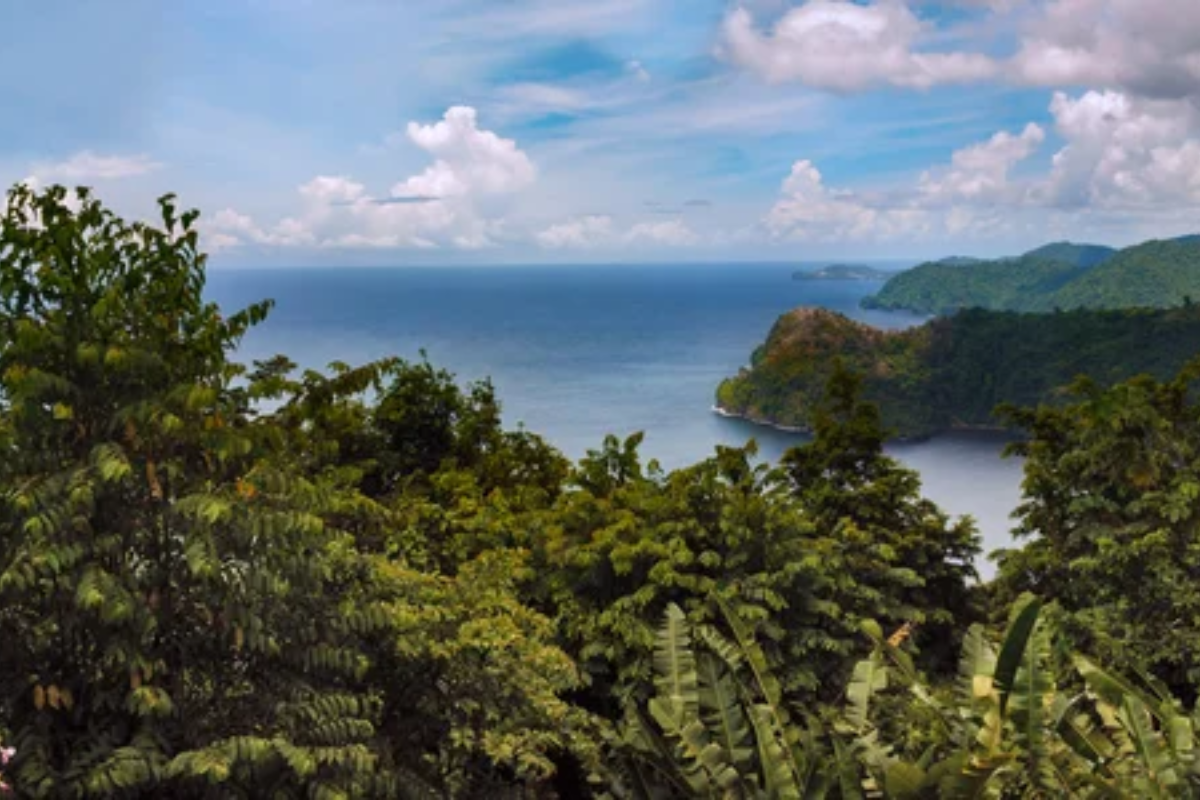
This quiet village on Tobago’s northeastern tip offers certification in some of the Caribbean’s most nutrient-rich waters, where Atlantic currents collide with Caribbean seas to create exceptional marine biodiversity. The handful of professional schools operates at a relaxed pace perfectly suited to the island’s unhurried atmosphere, with courses often extending additional days without extra charges to ensure students truly master techniques before certification.
Training dives frequently encounter enormous brain corals—some over 6 feet across and hundreds of years old—providing natural underwater landmarks that help new divers develop their navigation skills. The absence of mass tourism creates an authentic experience where students interact with local fishermen each morning at the small harbor, gaining cultural insights alongside their underwater education.
Taganga, Colombia
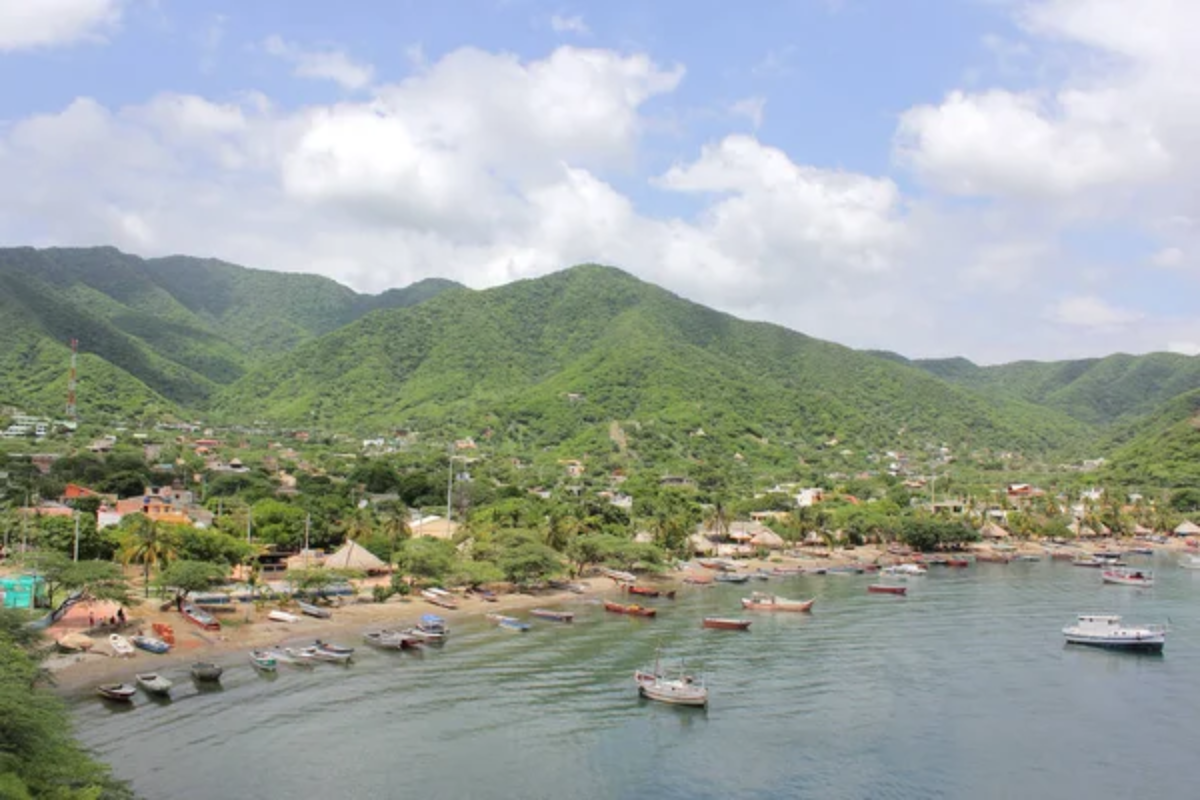
Nestled in a protected bay near Tayrona National Park, this former fishing village turned backpacker haven offers some of South America’s most affordable certification courses. The bay itself serves as a natural training pool with perfect conditions for mastering basic skills before boats transport students to nearby dive sites within the protected marine reserve.
Many schools operate as social enterprises, employing local community members and supporting conservation initiatives that ensure diving remains sustainable in the region. Between lessons, students can hike to Indigenous villages in the nearby Sierra Nevada mountains—the world’s highest coastal mountain range—for perspectives on the relationship between highland communities and the marine environment they’re exploring.
Amed, Bali
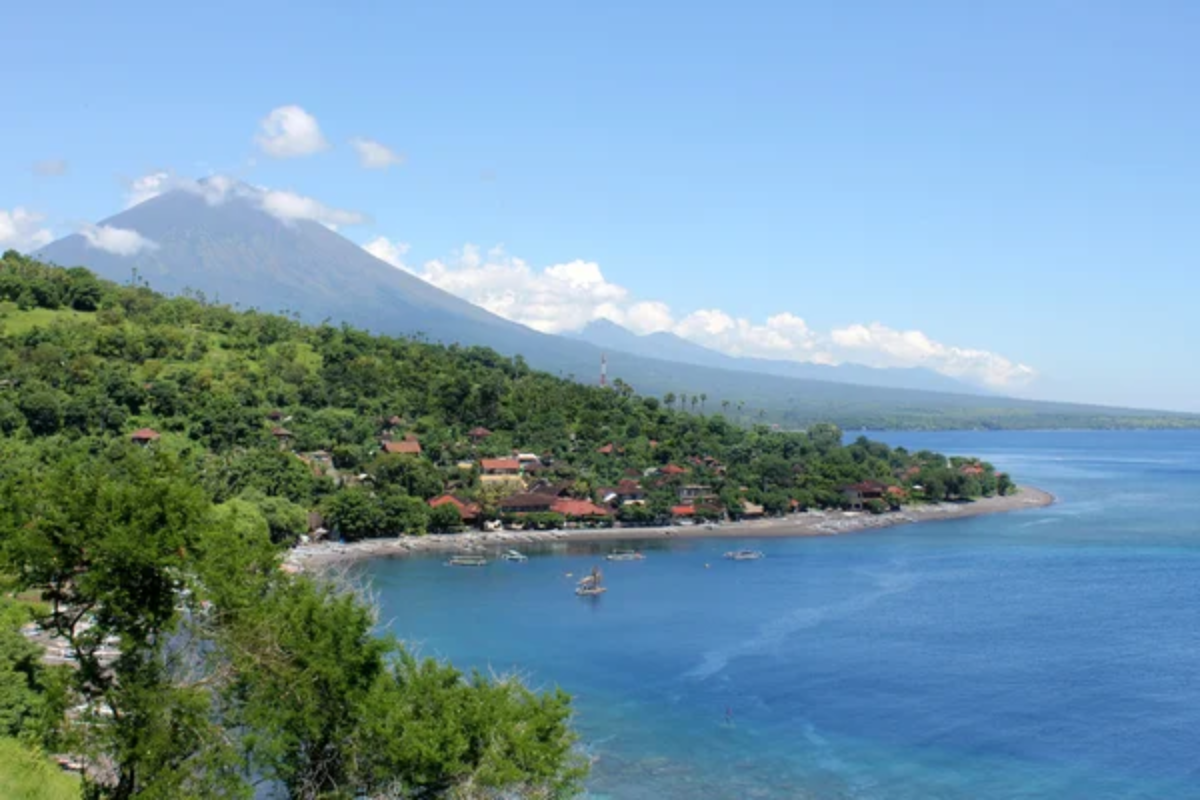
This string of traditional fishing villages along Bali’s northeastern coast specializes in teaching amid genuine Indonesian maritime culture, where traditional jukung fishing boats launch from black sand beaches each morning. The schools focus on environmentally-conscious diving practices, with many courses incorporating reef restoration projects where students help transplant coral fragments onto artificial structures during their training dives.
The famous USS Liberty shipwreck lies just up the coast in Tulamben, providing newly certified divers their first wreck experience on a massive WWII cargo ship now transformed into an artificial reef teeming with marine life. The area’s volcanic black sand beaches create striking scenery between dives, with Mount Agung—Bali’s sacred mother mountain—providing a dramatic backdrop for surface interval relaxation.
Like Travel Pug’s content? Follow us on MSN.
Bayahibe, Dominican Republic
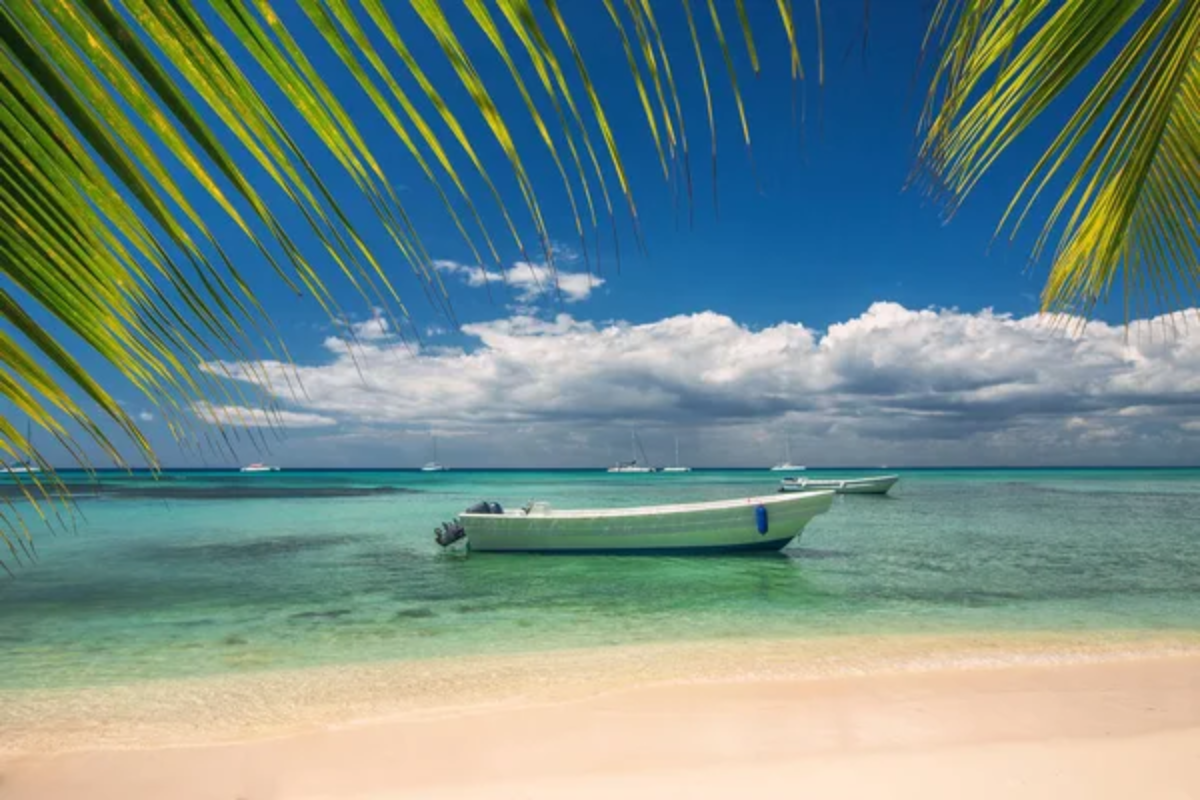
This former fishing village on the Dominican Republic’s southeastern coast offers multilingual instruction from European-trained professionals who relocated for the exceptional year-round diving conditions. The protected marine park features numerous shallow sites perfect for skill development, including underwater sculpture gardens and nursery reefs where juvenile tropical fish provide colorful distractions during mask-clearing exercises.
Many schools operate from all-inclusive resorts with dedicated training pools where students master basic skills before advancing to open water, creating a seamless transition from classroom to ocean environments. The proximity to Santo Domingo and Punta Cana airports makes this an accessible option for travelers with limited vacation time, with many courses compressed into four consecutive days without sacrificing educational quality.
Perhentian Islands, Malaysia

These twin islands off peninsular Malaysia’s northeast coast offer certification amid a genuine marine park atmosphere where turtle conservation forms a central component of most training programs. The shallow reefs surrounding the islands feature exceptional visibility from March through October, with many dive sites accessible directly from beaches without boat transportation, keeping costs remarkably affordable.
Many schools operate from beachfront properties where classroom sessions take place in open-air pavilions with ocean views, creating natural breaks for knowledge absorption between theory modules. The absence of roads and vehicles creates a peaceful learning environment entirely focused on marine experiences, with solar power and water conservation practices introducing students to eco-friendly diving practices from their first underwater moments.
Sharm El Sheikh, Egypt
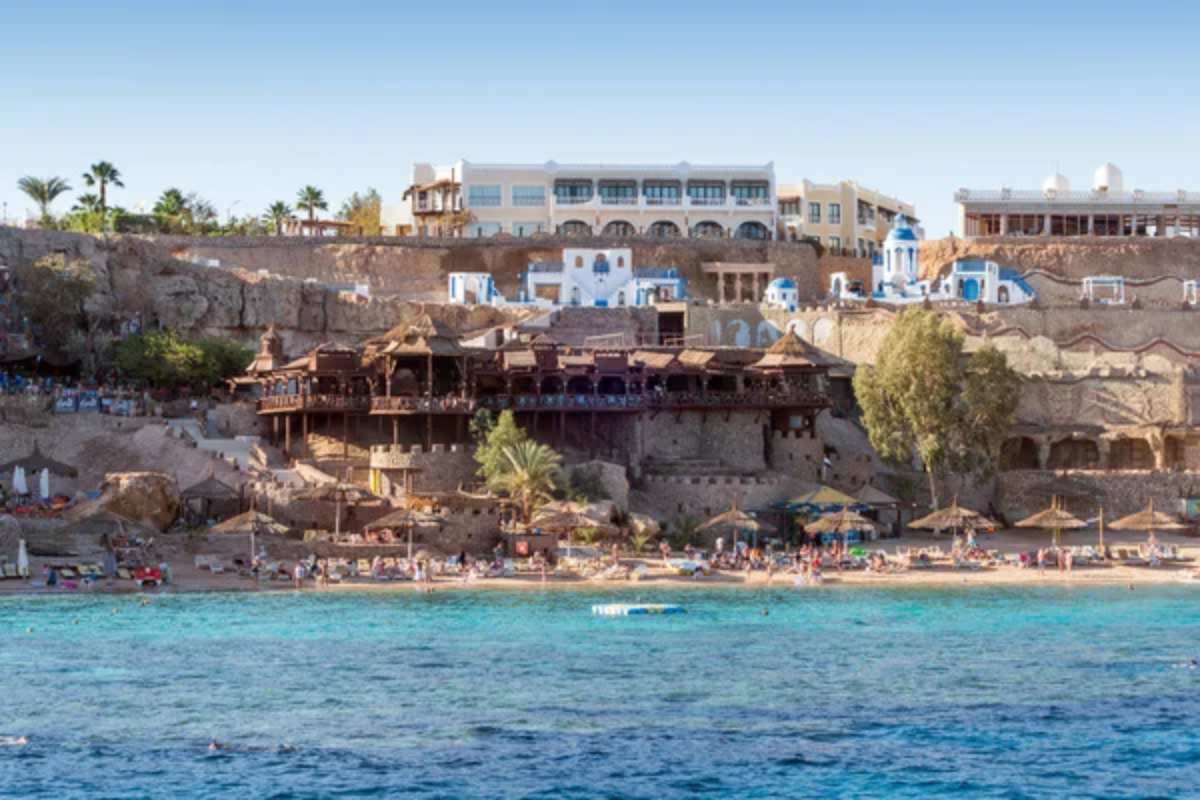
This developed resort city on the southern Sinai Peninsula offers perhaps the highest concentration of professional dive instructors anywhere on earth, many holding the highest teaching qualifications available in the industry. The protected bay areas provide perfect training conditions, while nearby Ras Mohammed National Park delivers spectacular graduation dives featuring dramatic walls dropping into the depths of the Red Sea.
The tourism infrastructure includes hyperbaric chambers, emergency services, and direct connections to European medical facilities—safety features that provide peace of mind for nervous beginners taking their first underwater breaths. Between training sessions, students can explore the rugged Sinai desert on camel or jeep excursions, creating a unique combination of underwater and desert adventures during their certification experience.
Like Travel Pug’s content? Follow us on MSN.
Cabo San Lucas, Mexico

The meeting point between the Pacific Ocean and the Sea of Cortez—nicknamed “the world’s aquarium” by Jacques Cousteau—provides an exceptional classroom for the numerous professional schools based in this popular resort destination. The varied underwater topography includes everything from sheltered bays perfect for skill development to underwater sand falls where certification dives become truly memorable experiences.
Many schools operate custom-designed training facilities with confined water areas directly connected to open water environments, creating seamless progression through certification requirements. The dramatic combination of desert landscape meeting vibrant ocean creates a visually striking backdrop for the learning experience, with resident sea lions at nearby colonies often making appearances during training dives.
Port Douglas, Australia

This sophisticated small town near Cairns serves as the gateway to the northern section of the Great Barrier Reef, where certification courses include trips to the outer reef systems aboard comfortable vessels designed specifically for diver education. Professional schools frequently employ marine biologists as instructors, incorporating reef ecology education into standard certification requirements so students understand the ecosystem they’re exploring.
The training often includes fluorescent night diving experiences where special lights reveal the reef’s hidden fluorescent properties—a magical experience often included in graduation celebrations. The proximity to the Daintree Rainforest allows students to combine their underwater certification with explorations of the world’s oldest continuously surviving tropical rainforest, creating a comprehensive introduction to Australia’s most iconic ecosystems.
The Gateway to New Adventures
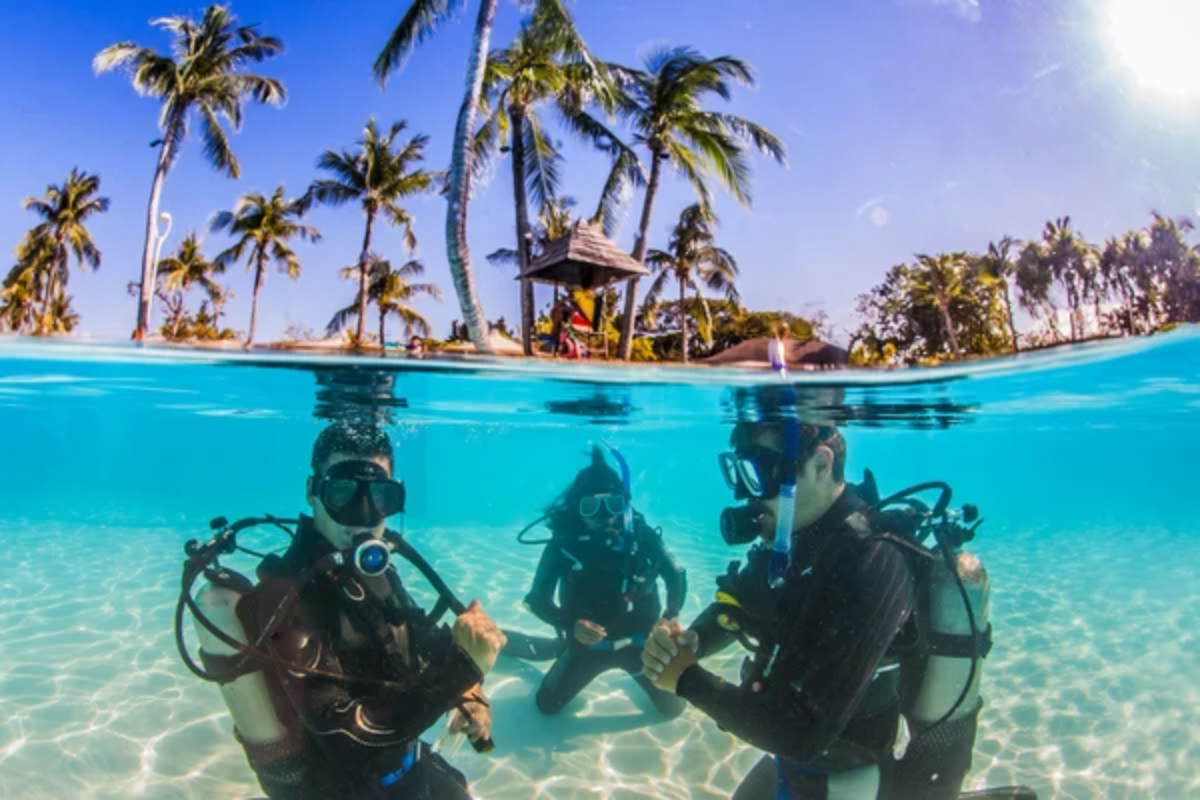
These coastal towns have mastered the delicate balance between professional education and underwater enjoyment, creating environments where learning feels less like studying and more like beginning a lifelong adventure. Beyond certifications and logbooks, these destinations offer something far more valuable—transformative experiences that change how visitors see our blue planet.
The skills acquired in these waters open doors to future explorations across the globe while fostering a deeper connection with marine environments desperately needing informed advocates. Whether in the warm waters of Southeast Asia or along dramatic Mediterranean coastlines, these diving towns serve as gateways to underwater wonders that remain inaccessible to all but those willing to take that first giant stride into the blue.
Like Travel Pug’s content? Follow us on MSN.
More from Travel Pug

- Cities Growing so Fast You Won’t Recognize Them in 10 Years
- 13 Destinations Where Tourists Regularly Regret Their Trip
- 16 U.S. Cities That Are Quietly Becoming Travel Hotspots
- Where to Travel If You Love Long Bus Rides and Daydreams
- 20 Cities Perfect for Solo Travelers Who Crave Adventure & Culture
Like Travel Pug’s content? Follow us on MSN.
